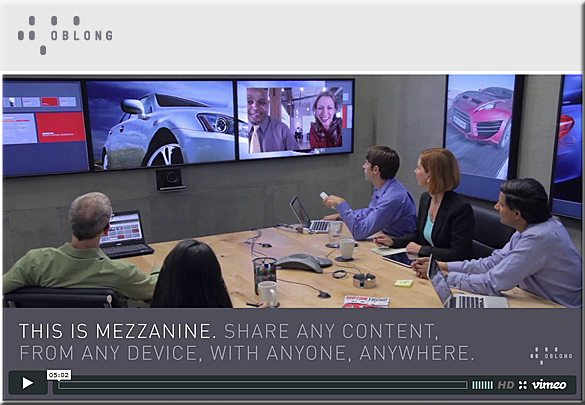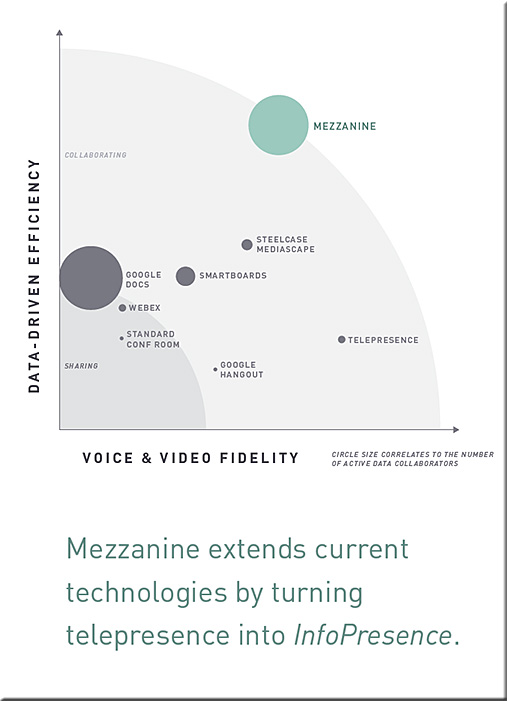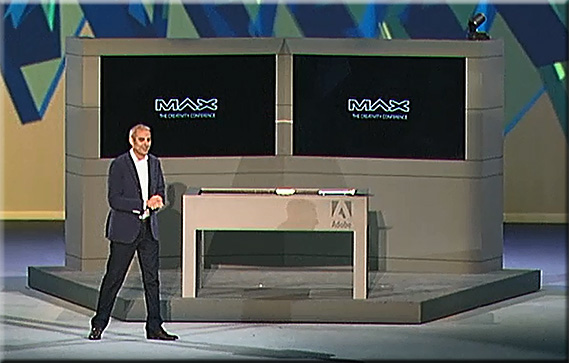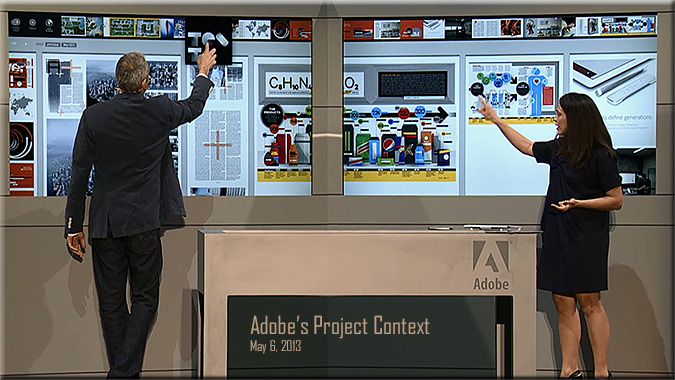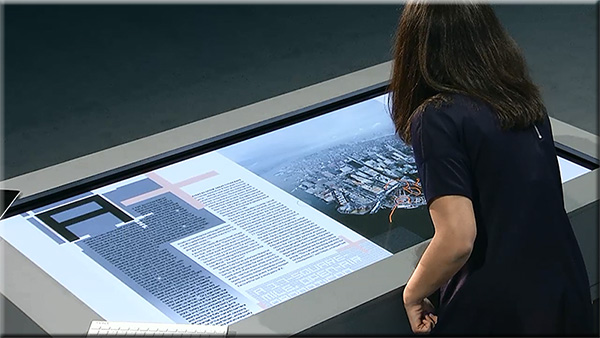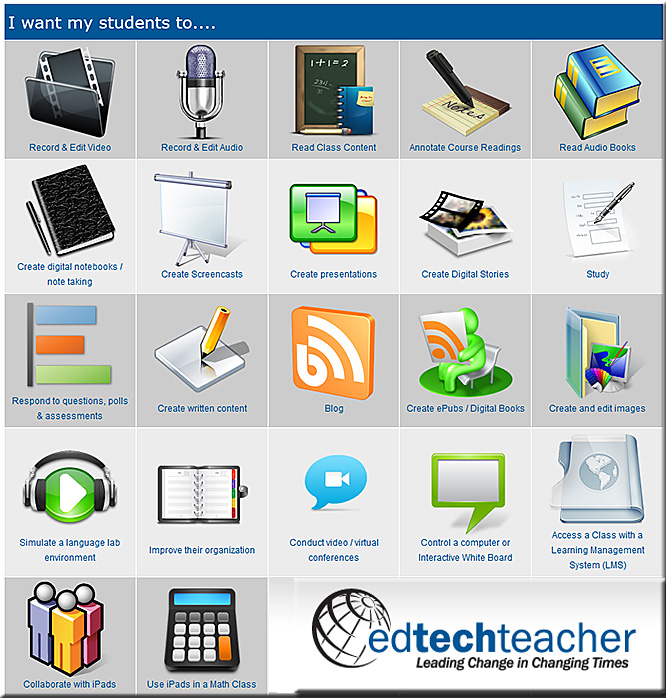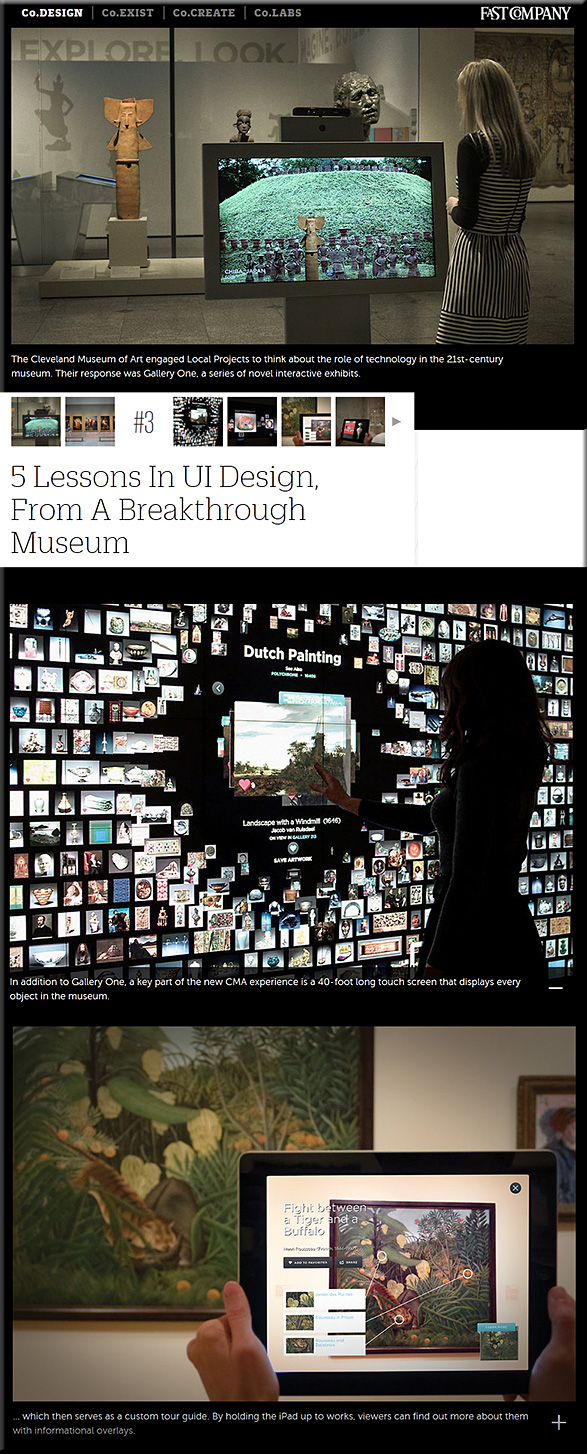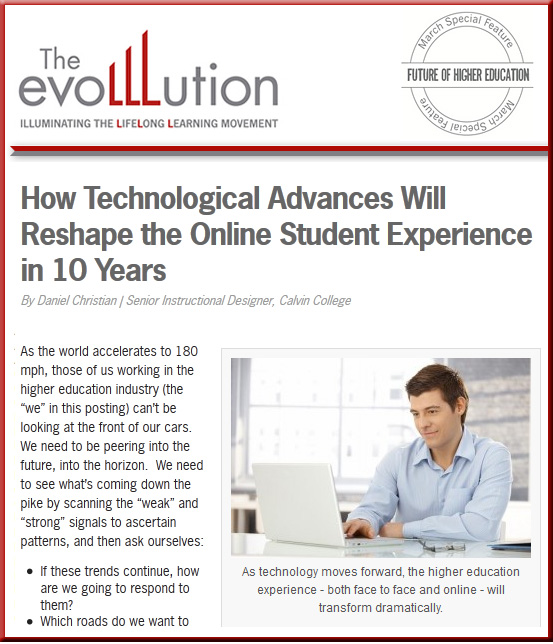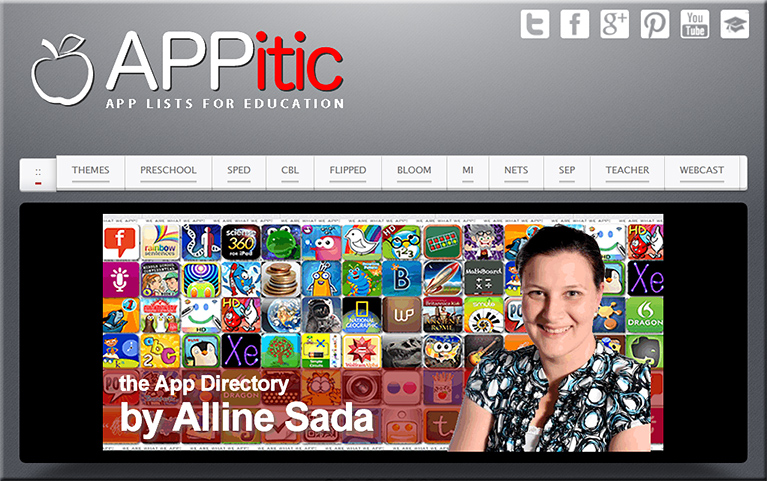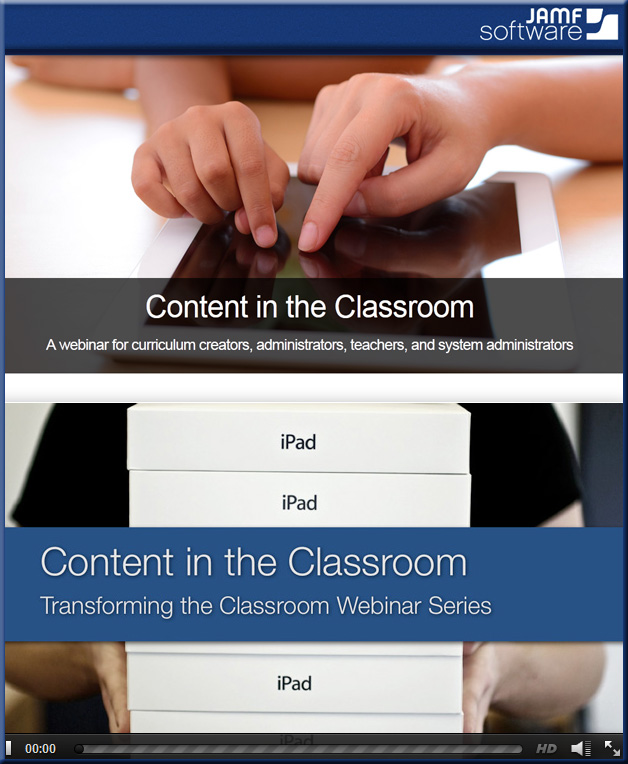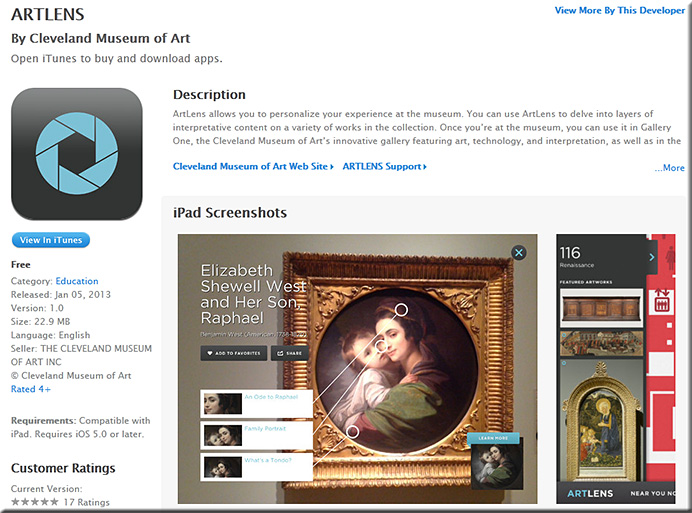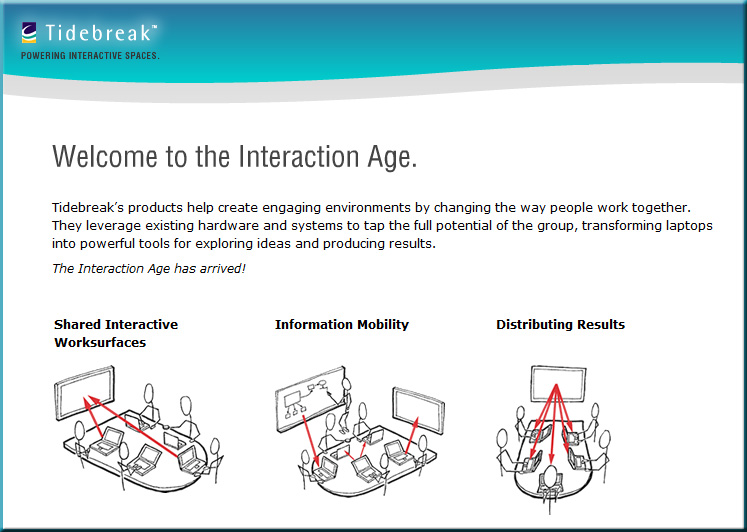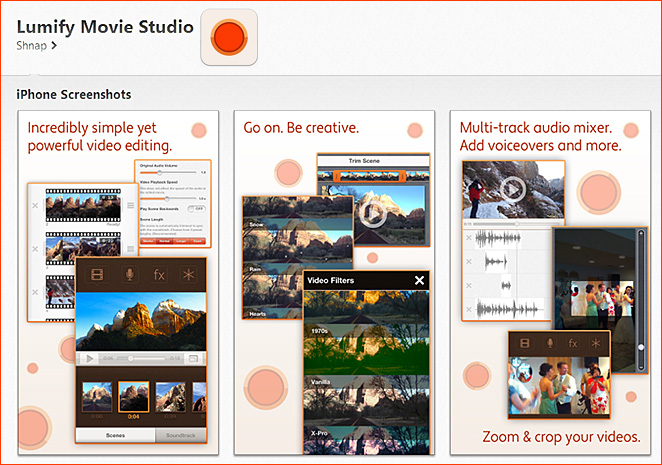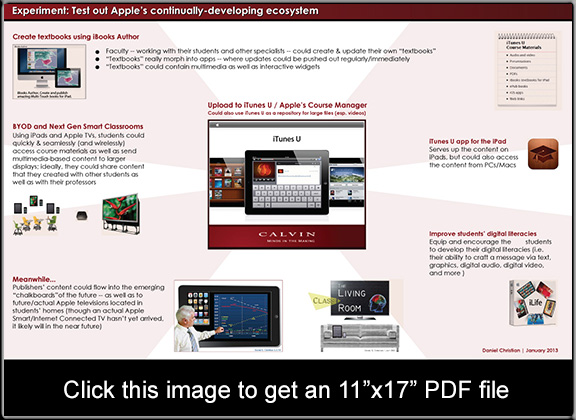Netflix CEO: ‘TV in the future will be like a giant iPad’ — from business.financialpost.com by Armina Ligaya
Excerpt (emphasis DSC):
Q: What do you think is going to happen over the next five or 10 years in internet video?
A: Well, you know, the fundamental thing is the internet has been getting faster. And now it’s video capable, which is really a last-five-years phenomenon. And, internet video will be very transformative across all societies for telemedicine, for online learning, for education. For communication of various sorts. And it brings, whether it’s person to person, or a recorded video like a movie or a TV show, to a person it will be very transformative.
And, TV in the future will be like a giant iPad. It will have a bunch of apps on it, each app will have a unique experience.
…
So we’re getting beyond just a stream of video, which is all broadcast technology can do, to really try to be innovative about the interaction.
.
![The Living [Class] Room -- by Daniel Christian -- July 2012 -- a second device used in conjunction with a Smart/Connected TV](http://danielschristian.com/learning-ecosystems/wp-content/uploads/2012/07/The-Living-Class-Room-Daniel-S-Christian-July-2012.jpg)









